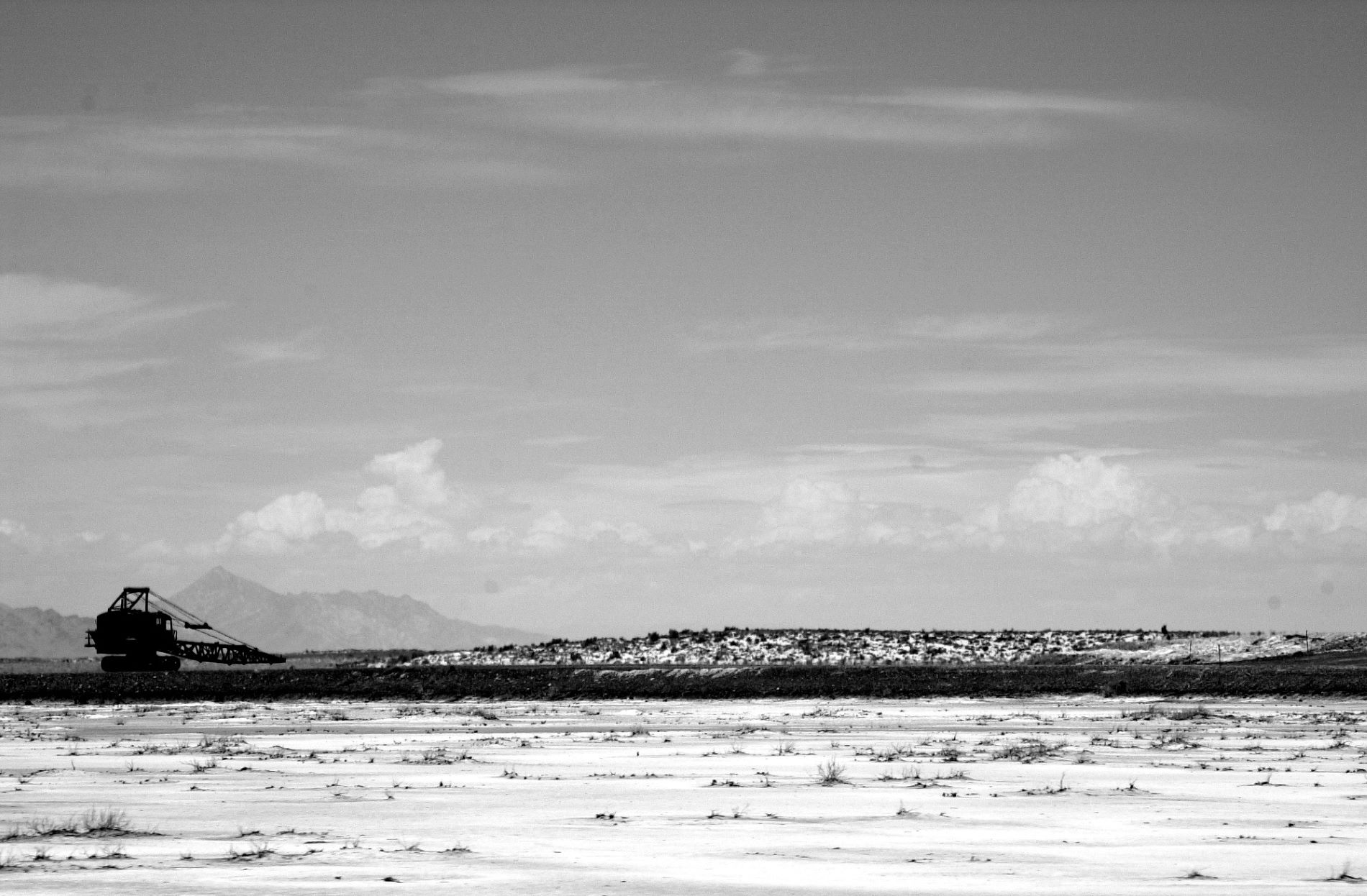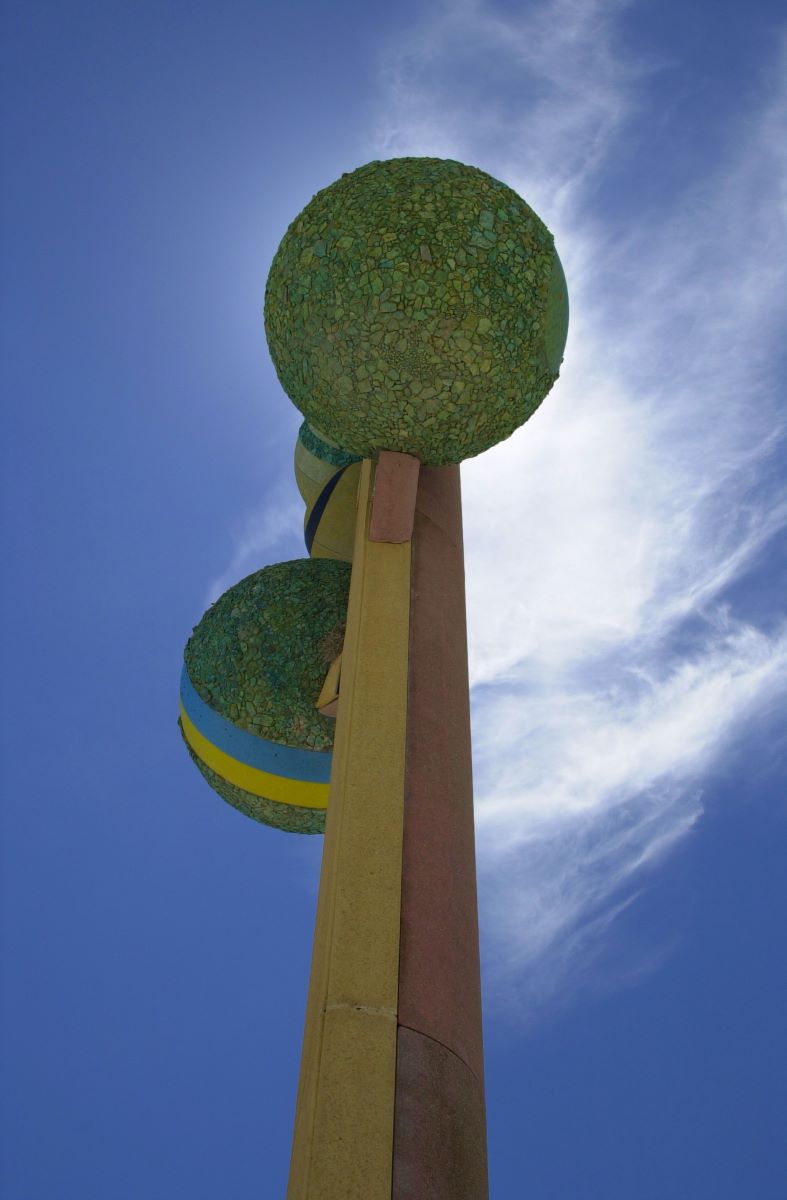Danna and I went to Elko, Nevada to celebrate the 38th annual Elko Basque Festival. Believe it or not, there are a lot of Basque people in Elko. Nobody really knows why, but I think they were an elite branch of Basque paratroopers tasked with recovering lost sheep, and they were blown a bit off course. My view is not a popular one, however.
On to Elko
The journey began in Salt Lake City. Here, we savored some Utah’s finer moments, including the quintessential Utah Snack Food Second Only To Lime Gelatin With Carrots In It: Mint Frosted Brownies. I mention this mostly to make our friend Justin jealous, as he has spent many a sleepless night craving the wondrous creations. After staying a few days in Salt Lake and enjoying Danna’s parents’ hospitality, we rented an exciting Plymouth Neon and drove the 230 miles across the desert to Elko.
The Plymouth Neon. I believe that in an ancient Indian dialect this translates into “Gutless Wonder”. The Neon is adept at going down hill straight. For any other maneuver it is woefully inadequate. It did, however, have air conditioning, making it a fine vehicle for traveling across the salt flats: Over two hundred miles of flat, straight road at 100 degrees F. The Neon ate it up.
The salt flats are a horribly boring and inhospitable place, but there are a couple of photographic oases along the way that helped us pass the time. The salt is impossibly white just like snow, while the heat waves of the desert and the bright sky helped to create some nice black and white photos of the landscape. One especially great photo opportunity lies on the immediate outskirts of Wendover, Nevada. A microwave tower sits out in the middle of the flats just outside the town, and an artist was commissioned to cover the various antennae with sculpture. In any other setting it wouldn’t stand out, but against the starkness of the desert it makes a great subject.
Elko
Elko itself doesn’t change. It ages, but it is exactly as it was when I left. Danna and I chose to stay in a hotel rather than accept my Dad’s hospitality because there is something new and appealing about being a tourist in your own hometown. Besides, that gave us a chance to gamble in the local casinos. Elko, I’m sad to report, is just like Vegas: Danna wins. I lose. Each and every time. We met up with my good friend Amy, and enjoyed a great Basque dinner. For those who have never experienced Basque food, it is a tasty blend of liquor and wine, mixed with a hint of lamb.
The Festival
This was Danna’s first Basque festival. Perhaps I talked it up too much, but she appeared disappointed. I think the reason for this is she has no appreciation for processed pork products. Basque chorizo, a sausage-type meat product of questionable quality, is the prime food-stuff at the festival. It’s been a long time since I sank my teeth into one of these jobbers and, armed with a full can of Miller, I sat in the stands and chomped away. I encountered my first surprise: a small, crunchy specimen with a long tubule on the end of it. Picking it out, I continued my mixed-meat munching. I encountered my second surprise: a florescent orange liquid grease pocket. I forgot to be wary of such pockets. It caught me off guard, shooting a long thin stream of liquid orange grease into the air. Danna was appalled, but riveted to her chair to see what would come next from my handful of mixed-meat entertainment. Unfortunately, that was the best my poor chorizo had to offer, it disappeared with nary a whimper.
The festival itself consists of many activities, including dancing, parades and the Basque games. The games are the most fun to watch, because they are unlike any sport you have ever seen. It all starts with the running of the bulls. In Spain, this is a huge event with many bulls and many more human participants. In Elko, it consists of four bulls and just as many drunken cowboys. The bulls know better than to mess with drunken cowboys, and each time they made eye contact with a cowboy, the whole herd turned around and ran back into their pen. Once the uncooperative bulls were back safely in their pen, we moved on to the human activities.
Wood Chopping
One of the main events is tag-team wood chopping. There are two teams of men and they must chop through half a dozen logs. The first team to chop through all the logs wins. This doesn’t sound bad, but once you see it in action you realize that these people are fawkin’ nuts. They wield big sharp axes and chop between their legs. A minor miscalculation would mean one less leg to stand on. Combine this with the hot summer sun, and the fact that the Basque festival, by its nature, involves a lot of very heavy drinking, and it’s amazing that more of these “athletes” are not hobbling around on one leg.
Weight Lifting
The other amazing event is weight lifting. While this could amount to a couple of boring hours in a gym somewhere, it’s much more fun to watch the Basque lifting technique. This consists of lifting random pieces of heavy stuff: a 275 pound metal cylinder and a 350 pound granite ball. Not once, not twice, but the goal is to see how many times you can lift it before either hemorrhaging your gut or dropping something heavy on your foot. Amy told me a funny story about the granite balls. We noticed that one ball was a deep grey color, while the other was very light. Amy explained that these balls are hard to come by, and the white ball is actually part of a headstone in the local cemetery. On Friday, the ball disappears from the cemetery and on Sunday, it magically reappears unharmed.
The Basque festival, while entertaining, just did not hold my interest like it did in days past. Perhaps I’m older and the novelty has worn off. Perhaps it’s always been a bit mundane and I used to drink too much. Either way, it was worth the trip.








